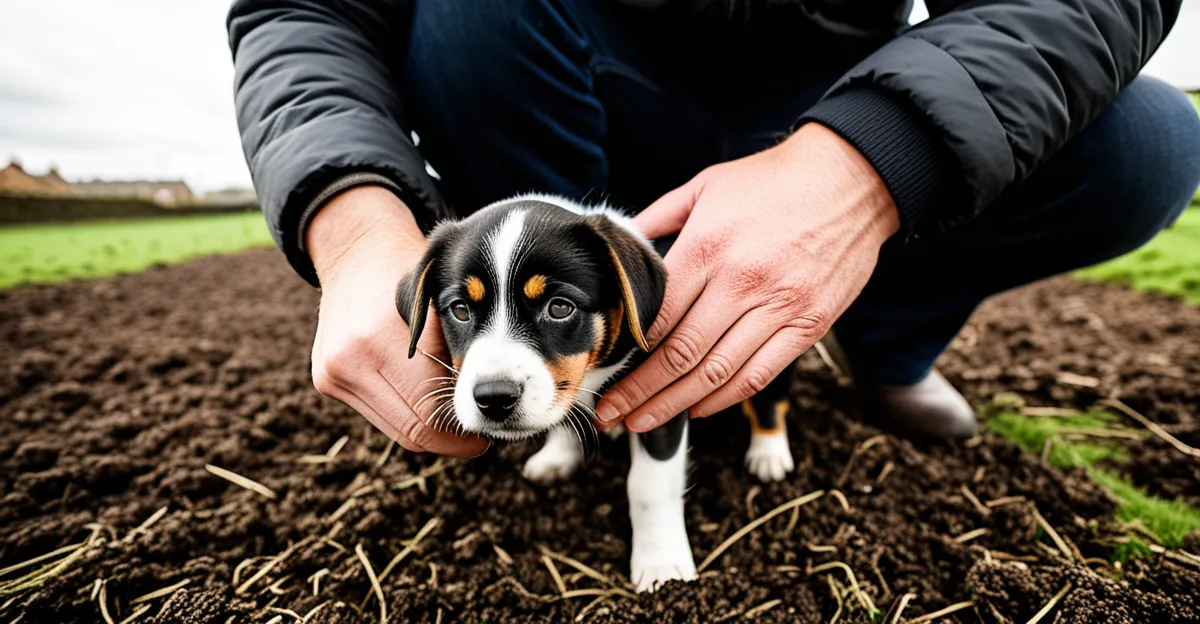Overview of Current UK Pet Ownership Trends
Understanding the latest pet statistics UK reveals clear shifts in pet demographics. Dog ownership continues to rise significantly, now representing the largest segment of pet owners in the UK. This surge is driven by urban dwellers seeking companionship and activity partners. At the same time, exotic pets have gained popularity, appealing to owners interested in unique or less traditional animals, further diversifying pet demographics.
Regional differences paint a vivid picture: rural areas tend to have a higher prevalence of outdoor pets like dogs and farm animals, whereas urban communities show a preference for smaller pets such as cats and rabbits. This contrast is influenced by lifestyle, living spaces, and access to pet-friendly environments.
This might interest you : What are the top UK pet insurance options for comprehensive coverage?
Tracking pet ownership UK data also uncovers emerging trends such as multi-pet households becoming more common, especially in suburban settings where space allows. Additionally, the growing focus on pet wellness and lifestyle integration shapes purchasing and care behaviors. These evolving patterns contribute vital insights for businesses and policymakers looking to address the evolving needs of the pet-owning population and help tailor services regionally according to pet demographics.
Social Impacts of Pet Ownership on Local Communities
Pets significantly influence the social effects of pets within local communities by acting as catalysts for interaction. Walking a dog, for example, often leads to casual conversations between neighbours, fostering connections that may not otherwise occur. This naturally reduces feelings of loneliness and isolation, which are prominent concerns particularly in urban areas with dense populations but limited social cohesion.
Also to see : How Can UK Pet Owners Ensure Their Pets’ Safety in Urban Environments?
Moreover, pets enhance pets and community life by strengthening neighbourhood ties. Shared interests in animals encourage participation in local events such as dog walking groups or pet fairs, creating informal networks of support. These gatherings increase trust and familiarity among residents, which can contribute to improved community safety and mutual assistance.
The community involvement prompted by pets extends further through organised activities focused on animal wellbeing and shared responsibilities. Neighbourhoods with active pet communities often report higher levels of volunteerism in local shelters and increased advocacy for public space maintenance. Consequently, pets help weave social fabric, turning disparate individuals into more connected, supportive communities.
Economic Influence of Pet Ownership Trends
The expanding pet economy UK significantly boosts local commerce. Rising pet ownership UK numbers contribute to increased demand for veterinary clinics, groomers, pet shops, and dog walking services. This growth creates new job opportunities and stimulates entrepreneurship at the community level.
Local businesses benefit from this surge, with specialty products and services tailored to the evolving pet demographics. For example, the popularity of exotic pets has spurred niche markets offering specialized diets and habitats. Concurrently, traditional pet sectors continue thriving due to the sustained rise in dog and cat ownership.
Municipal authorities also feel the economic impact. While pet-related tax revenues and licenses support local budgets, there are associated public service costs, including waste management and animal control. However, these expenditures are often balanced by the positive economic ripple effects generated by pet-related commerce.
In sum, the pet-related industry in the UK acts as a vital economic driver, fostering community employment and supporting small businesses. Its influence extends beyond retail into services and government operations, making it a key area for policymakers and entrepreneurs to monitor and support.
Environmental and Infrastructure Considerations
Increased pet ownership UK numbers directly affect public spaces and the environment. Growing populations of dogs and exotic pets lead to higher usage of parks and green areas, intensifying wear and tear. This expansion creates challenges for local authorities in maintaining facilities while accommodating pet owners’ needs responsibly.
Waste management is a key environmental concern. Pet waste, if unmanaged, contaminates soil and water sources, posing health risks. Effective solutions include installing more waste bins and launching awareness campaigns promoting responsible pet ownership. These measures help mitigate pollution and maintain cleaner communal areas.
Urban planners adapt by integrating pet-friendly infrastructure into community designs. Features like designated dog exercise zones, accessible walking paths, and hydration stations balance pet welfare with environmental stewardship. Such planning also supports inclusivity, enabling people with pets to participate fully in neighbourhood life.
By understanding the links between environment and pets, officials and residents can collaborate to sustain vibrant, healthy surroundings. This approach ensures that pet ownership UK continues harmoniously alongside community environmental goals, benefiting both people and animals alike.






